Typical mistakes when installing the drainage system
For high-quality and proper installation of the drainage system should seek the assistance of specialists. But if you are confident in your abilities and you want to install a drain yourself, then you must follow the installation instructions. Improper installation of the drainage system significantly reduces its service life, and limits its functionality.
There are general rules for the installation of drainage systems, which must be followed. Based on these general rules, we have compiled the main mistakes of the installation of drainage systems.
The initial error is the wrong size of the system and the incorrect calculation of the elements. From this follow the problems: overflow of water through the chute due to incorrect calculation of the funnels, the “sinking” of the gutters due to the insufficient number of holders, the flow of water means insufficient connectors, etc.
The second common mistake is to install the chute without tilting. The slope of the gutter must be at least 5 mm per 1 meter of running. If you do not create this angle, then not all the water will leave the chute, some of it will accumulate, leading to stagnation. In winter, it threatens to freeze in the gutters, and during thaw – the appearance of ice jams that block the movement of the drive to the funnel.
Many people sin because they set the drainage knee very low, right on the ground. This is the third typical installation error. The installed drain elbow, exactly or above 30 cm from the ground, warns against the “breakdown” of pipes in the winter, when the flowing water freezes at the end of the drain. If the distance from the ground is less than 30 cm, then the water from the drain will freeze to the ground, and pull the pipe down.
Do not do without amateur, and the introduction of its own technologies to “improve” the quality of installation. Among such errors is the application of a sealant or glue to the seals (rubber bands on the connectors and plugs). TPE-seals in order to connect the elements without additional “tricks”. By applying glue or sealant to them, the properties of the TPE sealant are lost and do not perform their function. From this follows the problem – the flow of gutters in the places of their connection.
Another option for “improvement” is the use of screws where they are not needed: in a funnel, for connecting pipes, for fixing knees and draining, etc. This breaks the tightness of the connection elements.
When the overhang of the roof is behind the gutter (hanging or missing) – this is also one of the installation errors. Water will flow past the gutter, onto the façade, or fall from a great height onto the ground, splashing.
To avoid these and other installation errors, you must follow the manufacturer’s instructions, which are specified in the installation instructions (section Documentation).

